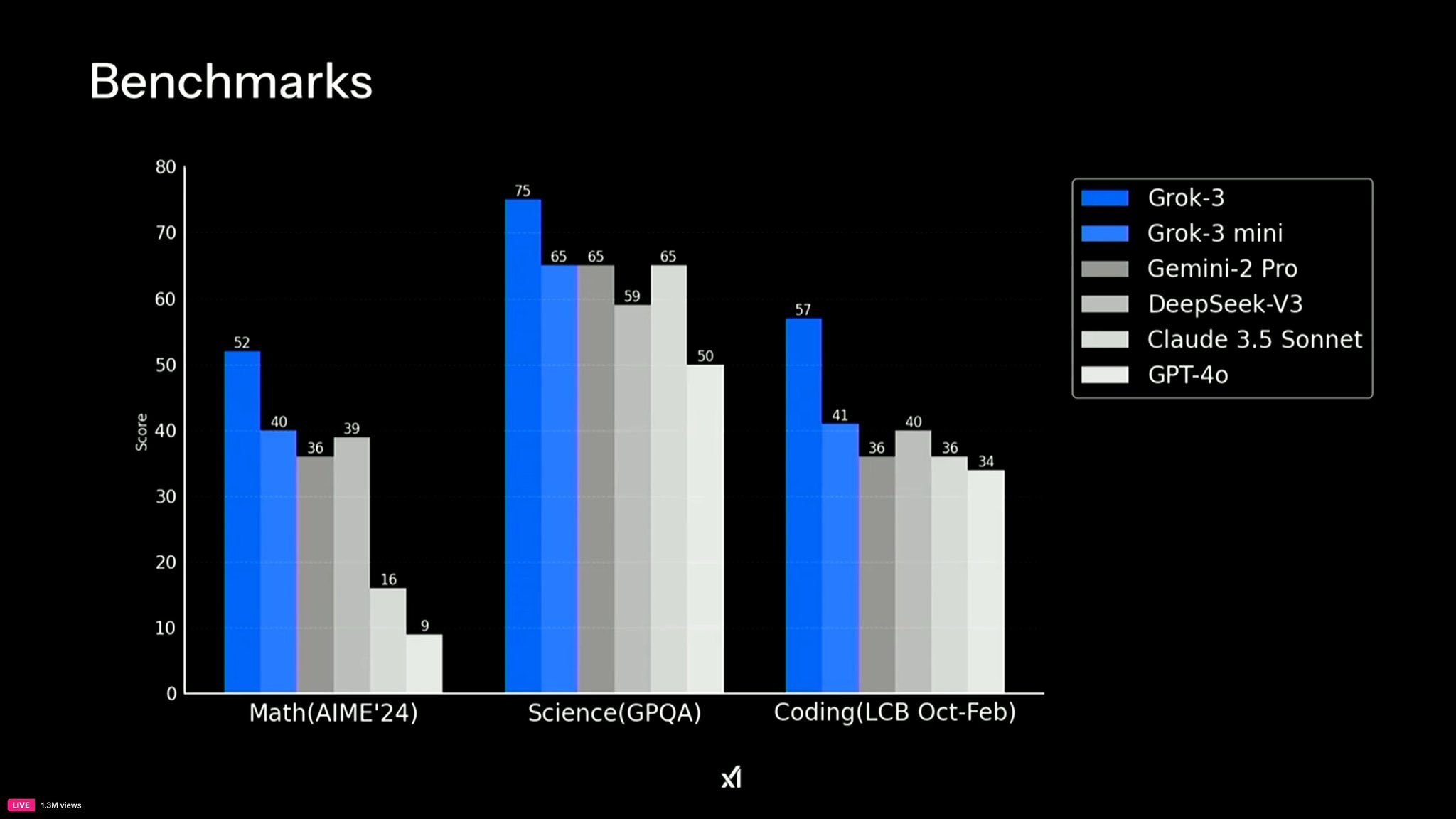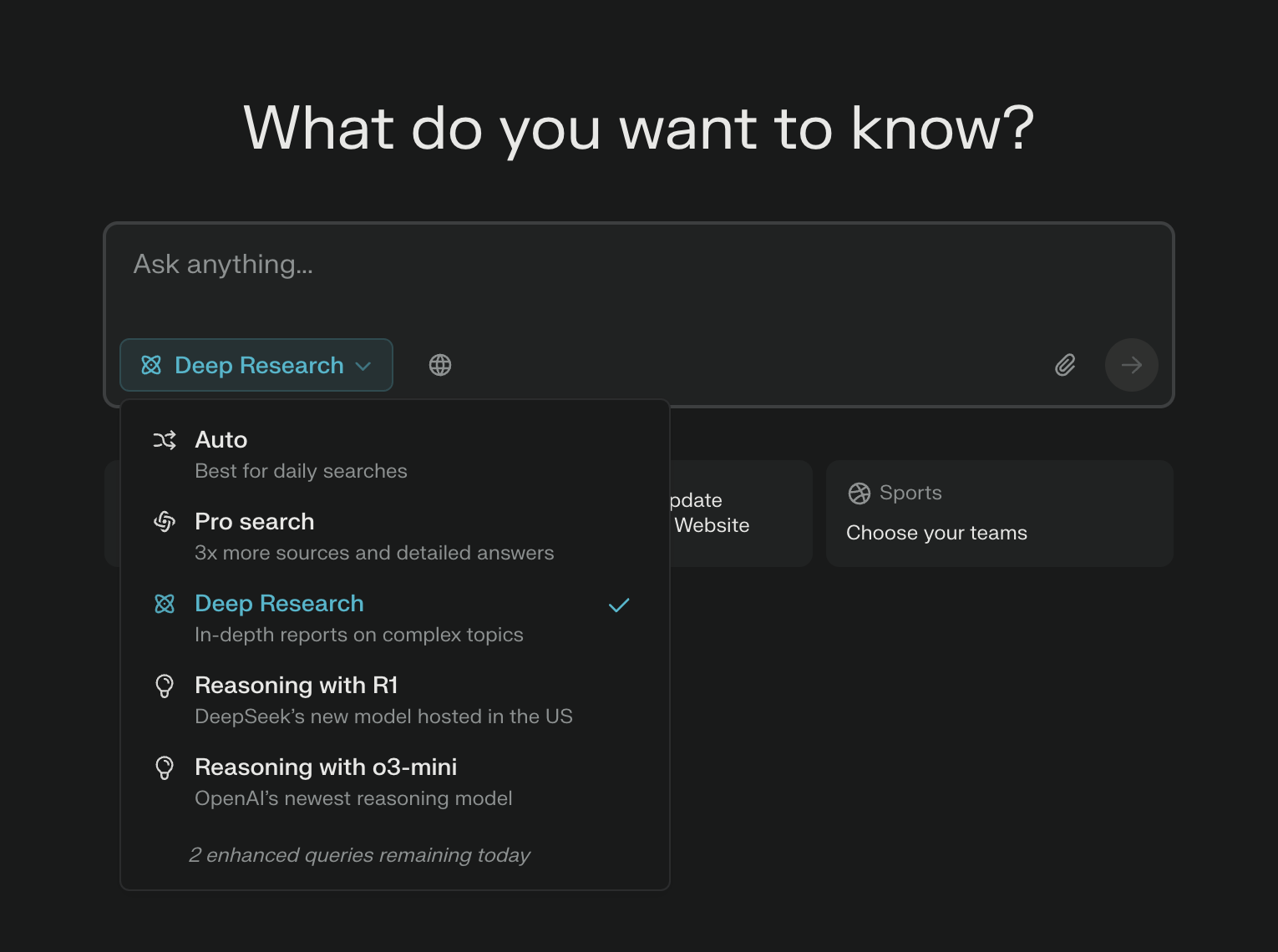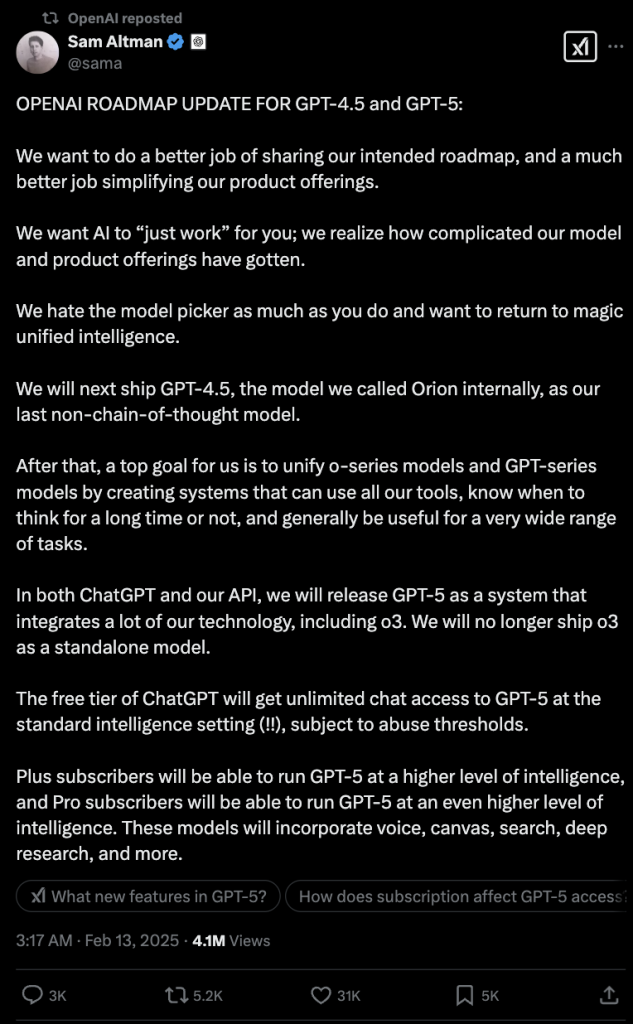Majorana 1发布:微软的量子计算芯片
今天,微软发布了它的量子计算芯片——Majorana 1 。 不得不说,这是个划时代的产品,不亚于两年前Cha […]
Internet WatchAuthor:neo yang
Grok 3来了:20万张卡能否烧出一个全球最聪明AI?
Grok 3发布 20万张卡的数据中心,堪称大模型的“超级工厂”。而它,是专为Grok 3而建。 今天,马斯克 […]
Internet WatchAuthor:neo yang
ASO的没落:有了流量之后呢?
风,会吹灭蜡烛,却能使火越烧越旺。 ——摘自《反脆弱》 今天,和人聊天。他在移动互联网时代做得很好,做过一些量 […]
Internet WatchAuthor:neo yang
Imagen3 VS Flux VS Dall.E3:Google的大杀器
前一段时间,Google发布了它的Imagen3,号称最强图片生成模型。 今天因为要做一个图片生成的产品,分别 […]
perplexity的Deep Research:基于DeepSeek的Deep Research
perplexity上线了自己的Deep Research。免费用户可用。 自从OpenAI推出Deep Re […]
Internet WatchAuthor:neo yang
百度文心大模型要开源了
今天出了一条消息:百度将在几个月内推出文心4.5系列,并且会在6月30日开源。 自从DeepSeek出圈,短短 […]
Internet WatchAuthor:neo yang
GPT5.0:OpenAI的变革
免费的GPT5.0要来了。 今天,奥特曼在X上发了个帖子。 几个月之后,我们就可以用上这个免费的GPT5.0了 […]
Internet WatchAuthor:neo yang
大站SEO有什么不同?
大站,不仅仅意味着内容多、流量大、更新频繁,也意味着一个人数众多的团队。 而SEO是一个涉及到一个网站方方面面 […]
Experience summaryAuthor:neo yang
同样是AI套壳产品,Cursor为何如此成功?
这两年,AI套壳产品一大堆,有很多赚到了钱,但像Cursor这样如此成功的却不多见。 所以,Cursor为何如 […]
Internet WatchAuthor:neo yang
copyright © www.lyustu.com all rights reserved.
Theme: TheMoon V3.0. Author:neo yang
Loading...Just a moment.









